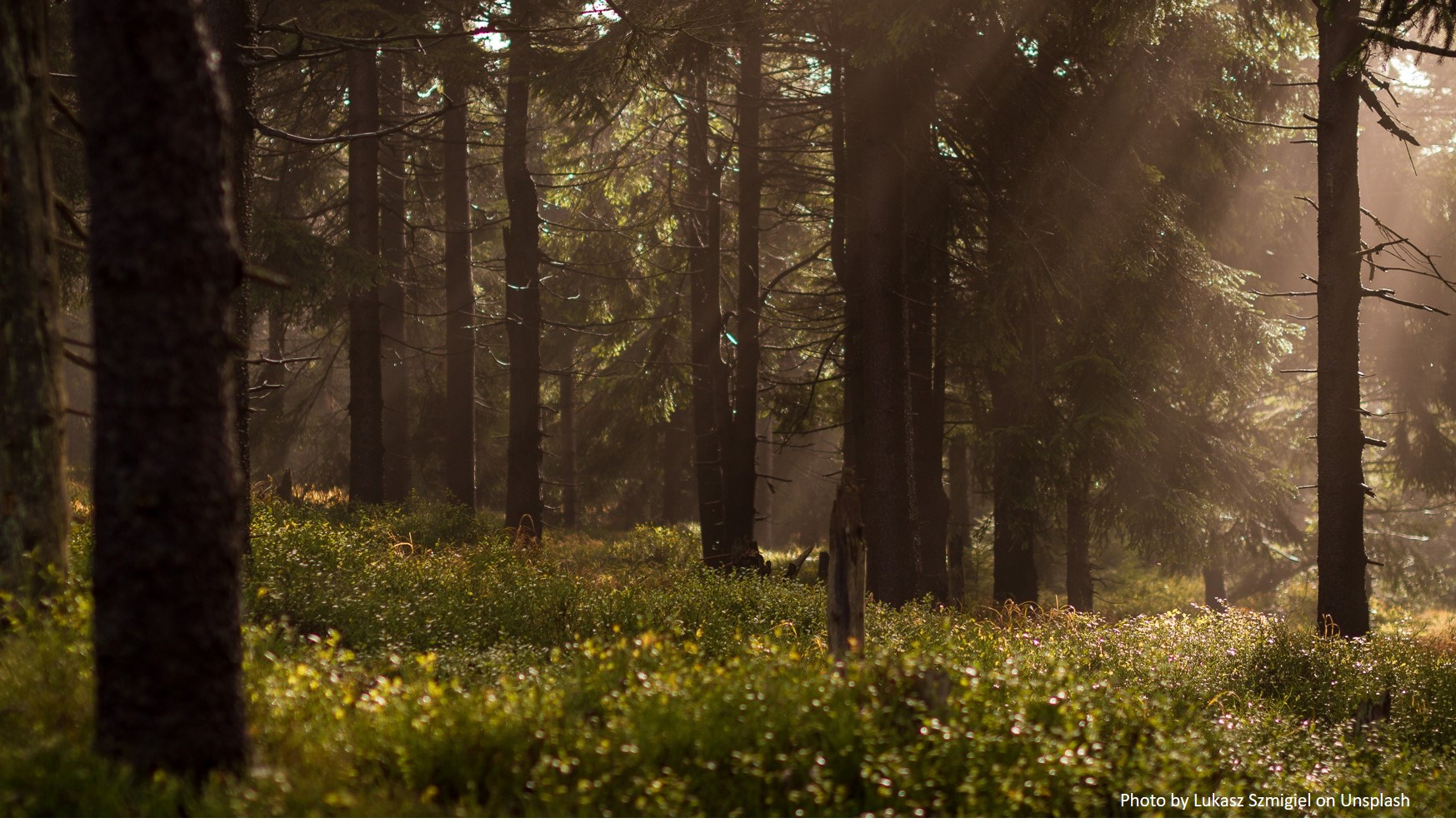 Michelle Wieland is the Socio-Economic Advisor for the Wildlife Conservation Society’s (WCS) Africa Program based in the Democratic Republic of Congo (DRC) and has been working in Africa for the past 18 years. She is also part of the Africa Biodiversity Collaborative Group (ABCG) Land and Resources Tenure Rights task group working on the gazettement of the Kabobo National Reserve in DRC. She talks to ABCG about her work and on protecting what is now the Kabobo Wildlife Reserve.
Michelle Wieland is the Socio-Economic Advisor for the Wildlife Conservation Society’s (WCS) Africa Program based in the Democratic Republic of Congo (DRC) and has been working in Africa for the past 18 years. She is also part of the Africa Biodiversity Collaborative Group (ABCG) Land and Resources Tenure Rights task group working on the gazettement of the Kabobo National Reserve in DRC. She talks to ABCG about her work and on protecting what is now the Kabobo Wildlife Reserve.
Tell us about your current work at the Wildlife Conservation Society?
In my role I support our country programs in Africa by providing guidance on how to engage the community when dealing with social issues or challenges that affect the community. This includes helping people understand social concepts in conservation that may not have been in university curriculums. Good governance, the importance of human wellbeing, land tenure, effective engagement, and setting gender targets.
How does your work in DRC relate to ABCG activities?
The Wildlife Conservation Society has been working in what is now the Kabobo Wildlife Reserve for almost a decade. Years of work in this area has uncovered the biodiversity richness of the area with identification of new and endemic plant and animal species. Located in southeastern DRC, Kabobo Reserve is also home to the several communities living around the area and who depend on it for their livelihood.
Through the Land and Resources Tenure Rights working group, ABCG is piloting new approaches for securing tenure in critical ecosystems in Africa, one such ecosystem is the Kabobo Reserve. In this area, we are working to protect biodiversity through a co-management approach that will enable the local the community exercise their authority in managing their land in ways that are consistent with conservation inorder to preserve the rich biodiversity of this area.
What are some challenges facing the reserve that make protecting it important?
The forests of Kabobo feed and protect the hydro-electric dam, the main source of electricity for the town of Kalemie, additionally Kabobo Reserve together with adjacent Ngandja Reserve and Luama Katanga Reserve contributes to the conservation of the largest forest and water catchment on Lake Tanganyika supporting the fishing industry that feeds the province. Outside herders coming to graze their cattle and risking deforestation and land conflicts poses a big challenge. Illegal logging, bushmeat hunting, migration, mining, and conflict are among other challenges that threaten to degrade the forests that protect both the dam and waters of the lake.
Is the community aware of the importance of this area?
The local community, both indigenous Batwa and their Bantu neighbors, place great value in this area as it supports their livelihood and traditional heritage. The provincial government also understands this value and has been a critical supporter of our program. Much more work needs to be done to engage urban dwellers about the importance of Kabobo and the forests. One of conservation’s biggest challenges across the globe is to engage an ever-increasing urban population—and is something we all need to do a better job at.
“The decree’s co-management approach is a first of its kind in DRC that will allow the local community to contribute to the governance of the reserve.”
In Decem
With wild places diminishing, this was an important milestone for the many years of work in this area by many different partners, but in great part due to Deo Kujirakwinja, the WCS project leader in Kabobo. ABCG activities supported the active involvement and participation of the local community in the gazettement process. The process involved engaging the local community and the local government in order to secure consent to gazette the area and their support in the process. Setting up community structures that will enable the local community to manage the reserve and training these structures on the co-management model. The decree’s co-management approach is a first of its kind in DRC that will allow the local community to contribute to the governance of the reserve.
What are the next steps following the gazettement and what lessons can you share from this work?
The WCS team under the leadership of Deo is working on building the capacity of the community and the local government on the co-management approach and setting up the legal framework for the approach. Good governance is fundamental for Kabobo, and includes not only capacity, but also ensuring legitimacy and all stakeholders, weak and poor, to follow the rules that are set up in the reserve. We want to share experiences learned in the gazettement process with other actors and apply these lessons in other areas where we need to establish more protected areas.
What other biodiversity threats should conservationist invest more in?
Illegal bushmeat hunting and overfishing is the biggest threat to wildlife in central Africa, and a growing threat across the continent– there is need to do more work in this area in order to understand the cultural, weak governance, and food insecurity drivers that contribute to unsustainable use in order to develop feasible solutions.
Tell us of a conservation activity that you’re proud of
One person that continues to inspire me is a former National Park gate attendant that I worked with in Malawi 18 years ago. At that time, I was a Peace Corps Volunteer implementing the community-based natural resource management policy, and in need of a counterpart. I successfully had the gate attendant, a community member, reassigned to the community conservation team despite him not having the normal academic credentials necessary to be a ranger. Together, we were able to engage the local chiefs to create a village lodge for tourists interested in local culture. This community endeavor remains operational today. The success of this work came from the local people’s commitment and motivation, and more importantly I learned the greater significance of having local, even if less academically ‘qualified’, staff to attain project success.
Photos
Photo1: Michelle Wieland. Photo credit: ABCG
Photo2: WCS holding a consultative meeting at village level in Kabobo. Photo credit: WCS

